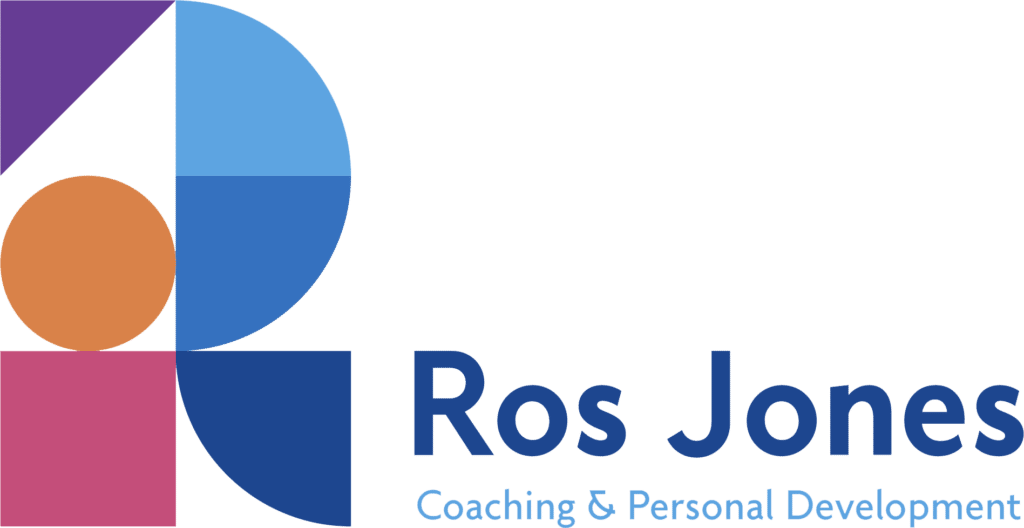Improving operational efficiency can be one of the simplest, most cost-effective methods to boost profit margins. The key lies in business process improvement.
While many companies focus on flashy marketing tactics, innovative products, or cutting-edge technology to drive growth, process improvement often remains an underrated strategy. Yet, it’s an essential ingredient for sustainable success.
No matter the size of your business, from solopreneurs to large enterprises, processes inevitably become cluttered over time.
Even with a set “standard way” of doing things, drift occurs. Individuals may cut corners to save time, duplication creeps in without anyone noticing, steps may get skipped in the rush to meet deadlines, and bottlenecks form. Over time, these small inefficiencies pile up, becoming significant drains on resources. While it might not seem like a big deal in the moment, the cumulative effect can be substantial, negatively impacting your bottom line.
The Cost of Inefficiency
When a task takes longer than it should or requires rework due to mistakes, inefficiencies eat into valuable time. And as we know, time is money. Whether it’s a project that exceeds the initial budget or a missed opportunity because your team is stuck fixing mistakes, inefficiency directly translates into lost revenue. These operational setbacks can hurt profitability.
Take a simple example: a client project that goes over budget. If the project requires additional time to redo work or correct errors, you’re incurring costs you didn’t initially plan for. Worse, if this keeps happening across multiple projects, those financial losses will stack up.
Another scenario might involve missed sales opportunities because your team is tied up handling avoidable problems. Time spent dealing with avoidable issues is time that could have been spent on acquiring new business or improving service to existing clients.
The Importance of Regular Process Reviews
Given how easy it is for inefficiencies to creep into day-to-day operations, it’s crucial periodically to review and refresh our business processes. This practice applies equally to solopreneurs managing every task themselves and large corporations with established teams.
Regularly reassessing processes means we can identify inefficiencies before they become deeply ingrained. It helps to “clean house,” ensuring your business remains agile and capable of scaling efficiently. Businesses that embrace this practice tend to see improvements in productivity, morale, and customer satisfaction.
Think of your business processes like a garden. If left unattended, weeds—those inefficient steps—begin to take over, choking productivity. Periodic pruning keeps things organised and efficient, allowing your business to grow without unnecessary costs or delays.
Clean Up Before Bringing in New Customers
One mistake many businesses make is ramping up their sales and marketing efforts without first refining their internal operations. It’s all too easy to focus on bringing in new leads while neglecting the foundation on which your business runs.
But consider this: if your processes are broken, taking on more customers may only exacerbate the problem. Imagine trying to pour more water into a bucket that has holes in it. The same happens when you bring in new customers without having efficient processes in place—you risk losing them due to service failures or delays.
If you’re constantly putting out fires, whether it’s managing team issues, addressing customer complaints, or dealing with backlogged work, it’s a clear sign that your business processes are in need of improvement. Before diving headfirst into growth mode, take time to assess and refine how your business operates.
By improving your processes now, you can ensure your business is in a strong position to handle new growth effectively. Your team will be less overwhelmed, and your new customers will enjoy a smooth, professional experience from the start.
Involve Your Team in Process Improvement
One of the best ways to enhance your business processes is by involving your team. After all, they are the ones who interact with these processes every day. By engaging them in the review process, you not only benefit from their valuable insights but also ensure their buy-in.
When people feel like they’re part of the solution, they’re more likely to follow the new processes and contribute to their ongoing improvement.
A great way to begin is by having your team map out the processes they follow as they actually occur, not just how they’re supposed to be done. This helps you get a real-world view of what’s working and where inefficiencies lie.
Using visual aids, like large rolls of brown paper and Post-it notes, can help your team physically map out each step. Once you have everything laid out, it’s easier to spot bottlenecks, duplications, or unnecessary steps.
Encouraging your team to participate in this exercise not only reveals hidden pain points but also boosts morale. It empowers them to take ownership of their work and provides them with an opportunity to share ideas on how to streamline operations. This sense of involvement and accountability is crucial for making process improvements stick.
Enhancing the Customer Experience
While refining internal processes, it’s important not to lose sight of the end goal: improving the customer experience.
Every internal improvement should aim to make life easier for your customers, whether that’s delivering faster service, fewer errors, or a more seamless interaction.
A well-optimised process has a direct impact on customer satisfaction. Happy customers are more likely to become repeat customers and provide glowing referrals. Word-of-mouth recommendations are an invaluable form of free marketing, and they often come from delighted customers who’ve had exceptional experiences.
As you work with your team to improve processes, consider how each step impacts the customer. Challenge your team to come up with creative ways to “wow” customers. Can a more efficient order process allow for faster delivery times? Can streamlining communication reduce the number of enquiries and frustrations from customers? By keeping your customer at the forefront, you’ll not only create internal efficiencies but also exceed customer expectations.
Finally
Improving business processes is one of the most effective ways to reduce costs, enhance productivity, and deliver a superior customer experience. It allows you to maximise your resources, minimise waste, and ultimately boost your profit margins.
If you’d like to discuss any of the above, or related topics, I’d love to hear from you.



